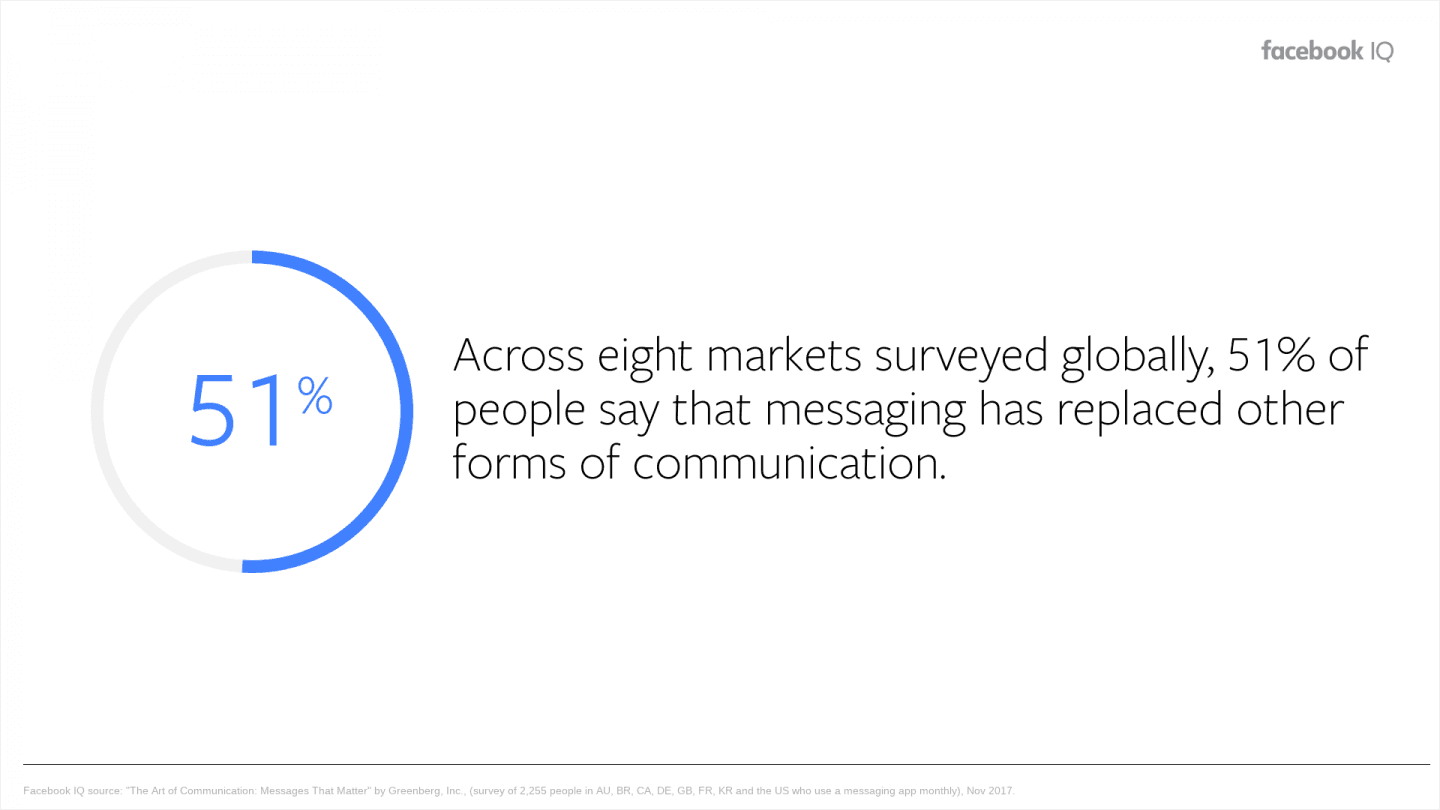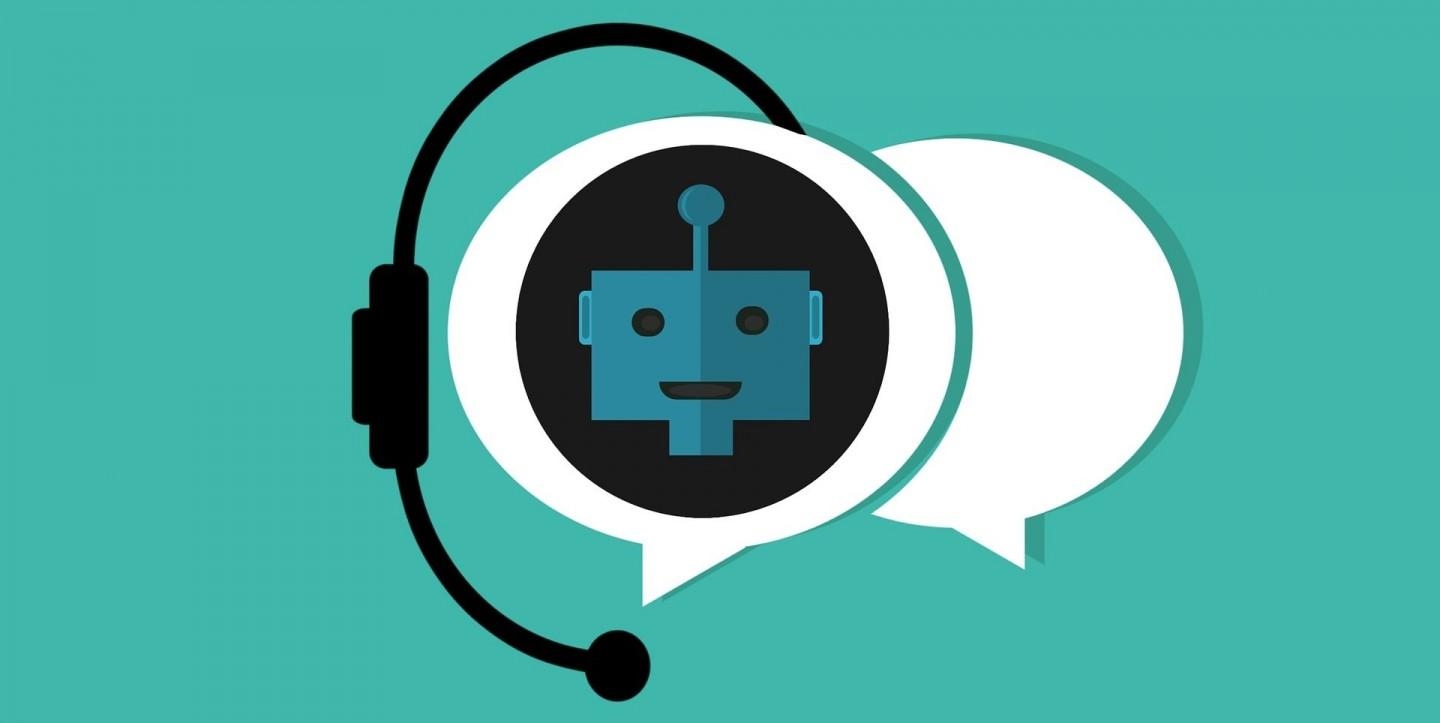Why you need chatbots and messaging in your business

Chatbots
NLP
Conversational AI
Customers have high expectations
In this article we’re going to explain why companies need messaging and chatbots in their businesses. To do that, it is important to provide some foundations regarding customer behaviour and expectations. Hyper-connectivity is changing the speed at which everything is done, from the way we communicate with our friends and family, through evolving how we travel and work, to the way we shop and purchase goods and services. The consequence of hyper-connectivity is the expectation of immediacy. The consumer simply has less patience with the brand, product or service.
Getting digital consumers to engage with your brand online is important. Keeping them engaged and loyal is yet a bigger challenge. Today’s customers expect a lot from their online experience. They expect faster response times, no errors and easy navigation. When these expectations are not met, they react negatively. And your brand suffers.

The rise of messaging
People spend more time messaging on their phones than on any other activity. The top messaging platforms like WhatsApp, Facebook Messenger, WeChat, Line or Skype have billions monthly active users, with new users being added at an exponential pace of a few hundred million every year, surpassing the number users on the largest social networks (Facebook, Twitter, Instagram, LinkedIn).

We also have seen growth in categorical messaging platforms in the dating, gaming and productivity categories. Platforms like Microsoft Teams or Slack have evolved how humans collaborate, and approach everything from leisure to work.
The appeal for customer service is easy to understand. While phone support can remain an attractive option, long wait times and hard-to-navigate automated phone trees have contributed to an exodus to other channels, especially among younger demographics. People prefer talking to brands that offer messaging channels than with brands that don’t.
If your brand wants to stay competitive, it might need to consider engaging customers through messaging channels.

The need for automation and Chatbots
While people prefer using messaging channels to talk to brands, adding messaging channels to your customer support does not necessarily reduce the overhead on customer service operations – it rather presents a new challenge. Call center agents need now to be trained in messaging and be able to chat with several customers simultaneously
This is where automation can make a difference. Chatbots can be trained to answer the most frequent questions your customers have, lookup information, book appointments, make reservations, facility purchases. When the chatbots are not able to solve the problem or answer the question, they can always hand-over to a live agent, or take the person’s information for a follow-up.
- 25 % of Customer Service Operations Will Use Virtual Customer Assistants by 2020.
Gartner Says 25 Percent of Customer Service Operations Will Use Virtual Customer Assistants by 2020, up from less than two percent in 2017. If you have a considerable volume of customer support and interaction, you will need to introduce automation with a chatbot. It’s just a matter of time.



